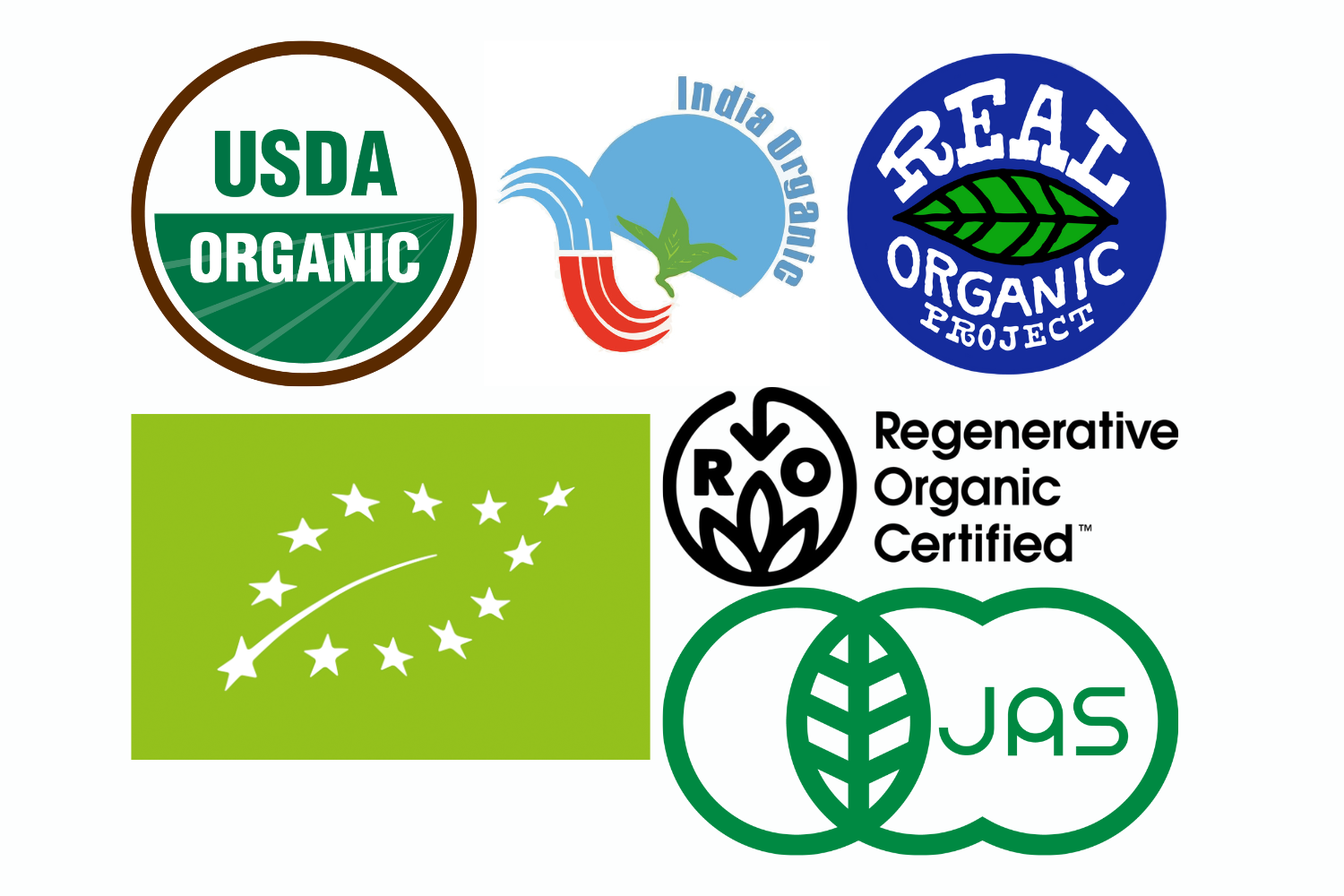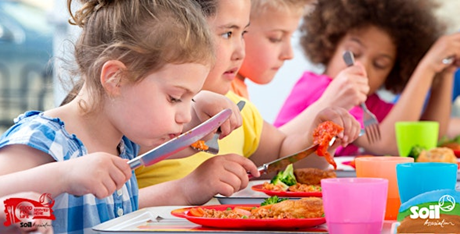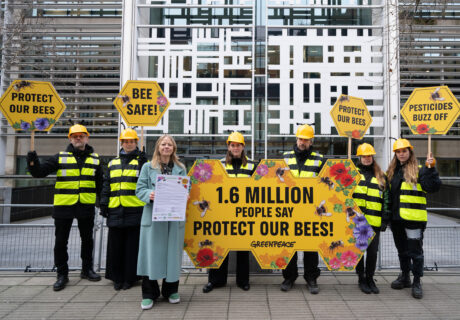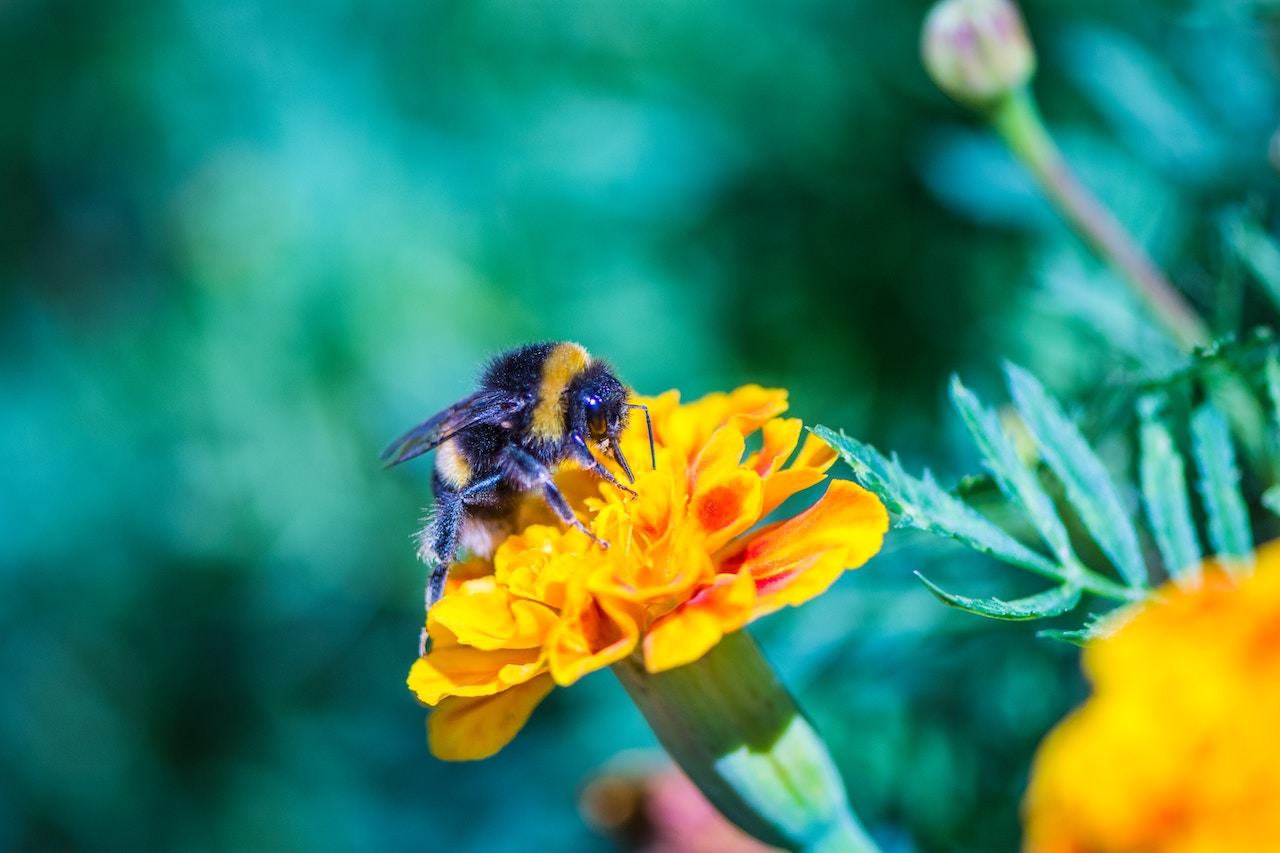The food industry is witnessing a surge in the number of organic labels, reflecting evolving consumer expectations and production standards, say Ecovia Intelligence, the London-based consultancy and organiser of the Sustainable Foods Summit. This trend, most notable in North America, is reshaping the global organic market and sparking discussions about the future of organic labelling.
A World of Organic Labels
Globally, the USDA Organic seal and the EU Organic logo are among the most recognised symbols of organic integrity. These government-regulated labels ensure products meet established organic standards, offering consumers confidence in their purchases. However, an emerging trend sees some producers striving for standards that exceed these baselines, resulting in new certifications gaining traction.
In the United States, the USDA Organic seal, introduced in 2000, has been a cornerstone of the $64 billion organic market. Nearly 88% of American consumers recognise the label, but some producers feel the need to adopt additional certifications to align with higher principles.
One such initiative is the Regenerative Organic Certification (ROC), launched in 2020. Building upon USDA standards, ROC emphasises soil health, animal welfare, and social fairness. The certification has already been adopted by nearly 300 farms, covering over 18 million acres of land.
Major American brands, including Nature’s Path and Lundberg Family Farms, have embraced ROC, while international players like Daabon (Colombia) and Native (Brazil) have joined the movement. Even global fashion brands such as H&M and Patagonia are utilising the standard for organic cotton, reflecting the certification’s broad appeal.
Another rising label is the Real Organic Project, a grassroots initiative founded in Vermont in 2018. The standard, adopted by over 1,000 organic farmers, focuses on soil-grown and pasture-raised products, setting itself apart from conventional organic certifications. Products certified under this scheme bear the Real Organic Project label, signalling a commitment to traditional organic principles.
In Europe, multiple organic labels coexist. While the EU Organic logo, introduced in 2010, is mandatory for packaged organic foods, countries like Germany, France, and Denmark maintain additional national seals. Germany, for instance, features logos from organisations such as Naturland and Bioland alongside its national Bio-Siegel.
Regional certifications add another layer of complexity. For example, Bavaria introduced the Bayerisches Bio-Siegel in 2015, reflecting local agricultural practices. Such diversity ensures robust representation of organic values but complicates consumer understanding.
Beyond Europe and North America, many countries maintain their own organic standards. For example, India, Brazil, and China have developed national organic labels, while producers in regions with less-developed organic sectors often rely on external standards like USDA Organic or EU Organic.
For exporters, the lack of a unified international organic standard can be a logistical challenge. A producer in India exporting tea must comply with USDA, EU, JAS (Japan), and Indian organic standards—an intricate and costly process.
At the consumer level, the proliferation of labels raises questions. With the introduction of higher-standard certifications, consumers might wonder why some products are perceived as “more organic” than others. This could lead to confusion and potentially dilute the value of existing certifications.
The Sustainable Foods Summit will explore these pressing issues in its upcoming edition in San Francisco on 22-23 January 2025. A dedicated panel featuring representatives from key organizations—including the Organic Trade Association and the Regenerative Organic Alliance—will discuss the implications of label proliferation, the potential for harmonising standards, and the future of organic labelling.





